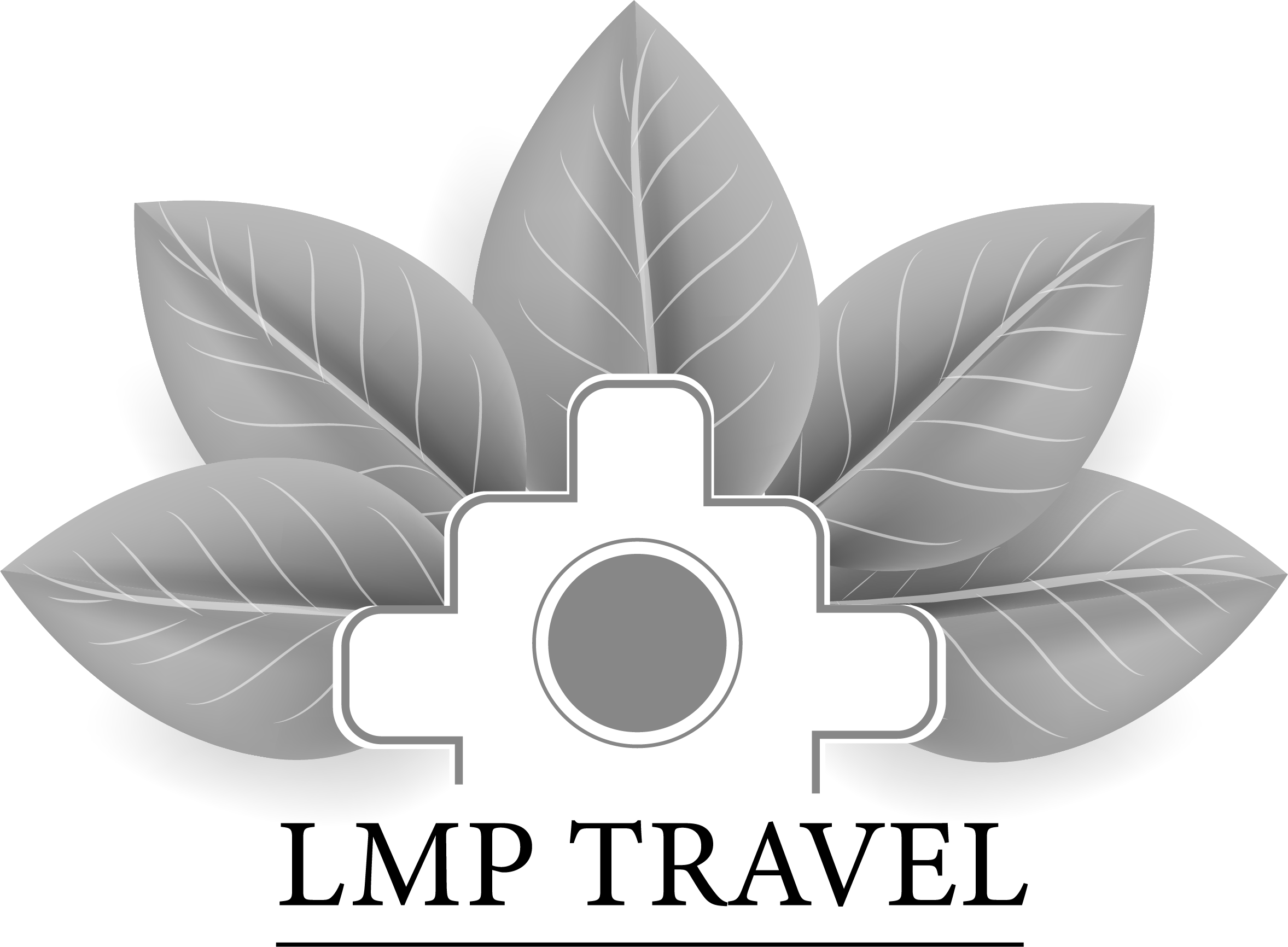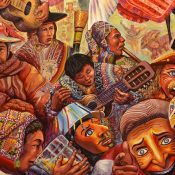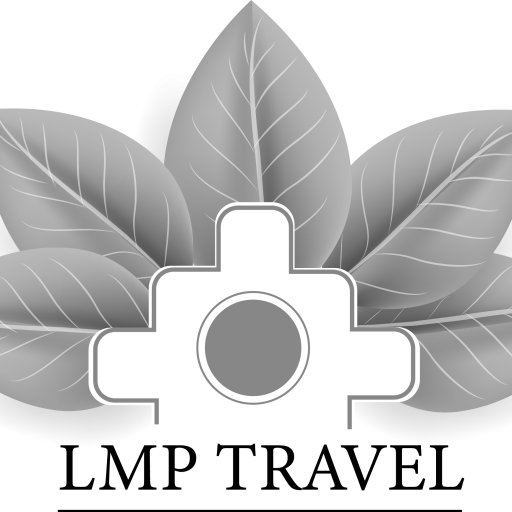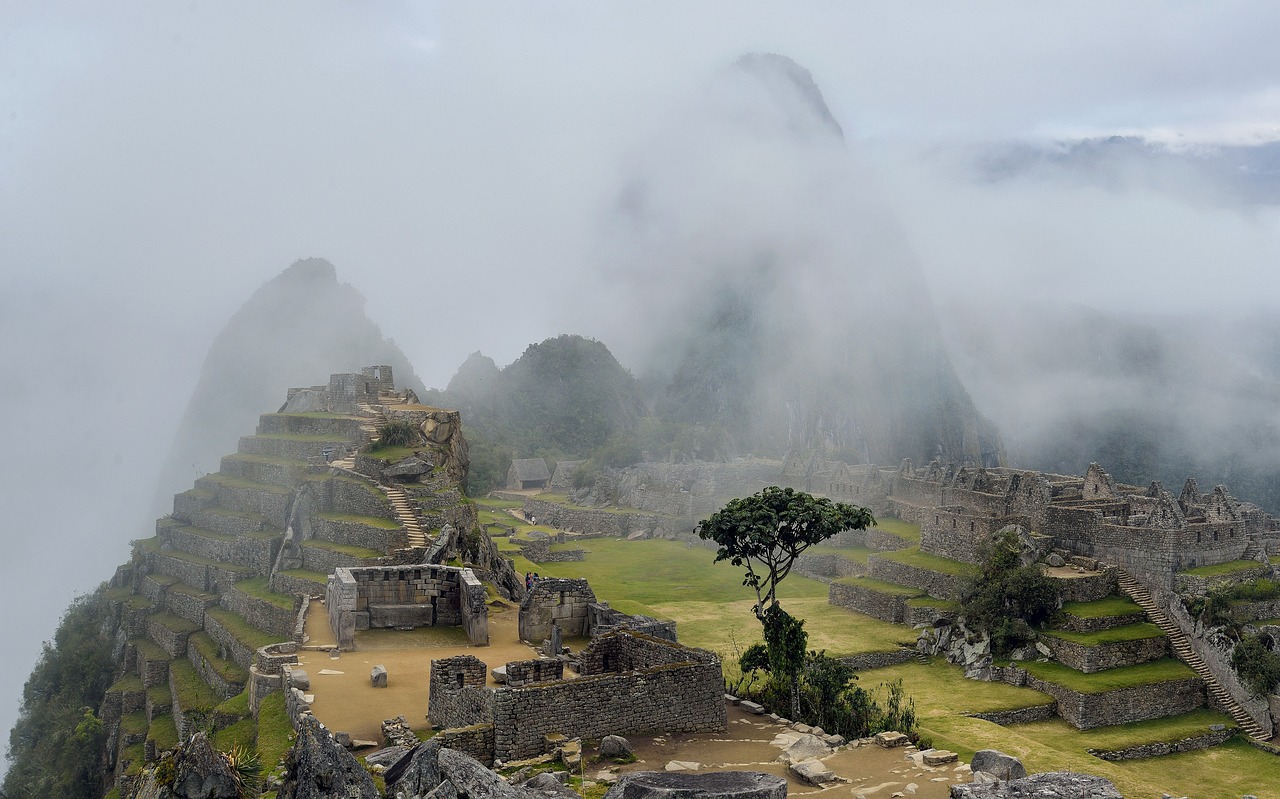
When to go Perù
CLIMATE
Each of Peru’s geographical zones has its own climate. The coast: from December to April, summertime, temperature from 25° to 35 °C, hot and dry. Wintertime, May-Nov, the temperature drops a bit and it is cloudy. On the coast, climate is determined cold sea-water adjoining deserts.
The sierra: from April to October is the dry season, hot and dry during the day, around 20-25°C, cold and dry at night, often below freezing. From Nov to April is the wet season, dry and clear most mornings, rainfall in the afternoon.
The jungle: April-October, dry season, temperatures up to 35°C. In the jungle áreas of the S, a cold front can pass throught at night. Nov-April, wet season, heavy rainfall at any time, humid and hot.
TIME ZONE
Peru is in the GMT -5h time zone. Peru observes Peru Time all year. There are no Daylight Saving Time clock changes.
CURRENCY
What is the currency used in Cusco?
The sol (S/) is the official currency of Peru. There are bills with denominations of 10, 20, 50, 100, and 200 soles. There are also coins of 10, 20, and 50 cents, as well as 1, 2, and 5 soles.
The American dollar is accepted in a large number of commercial establishments, restaurants, hotels, and gas stations. It is possible to exchange foreign currency at banks and exchange houses. The usual business hours for currency exchange establishments are from Monday to Friday, from 9:00 a.m. to 6:00 p.m., and on Saturdays until noon.
ATMs can be found in almost all cities in the country, and most of them are connected to the Plus (Visa) and Cirrus (Mastercard) networks, American Express, and others. You can withdraw money in soles or American dollars from these ATMs.
GRATUITIES
Are staff gratuities included?
We generally suggest a gratuity of $5-10/per day, per guide, but we leave this to your discretion.
AIRPORTS
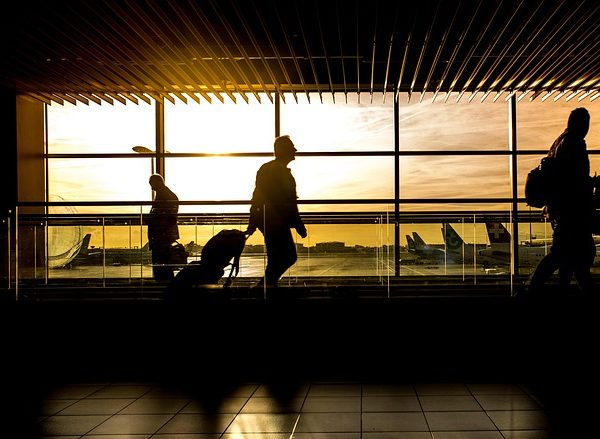
Peru airports, the main cities of the country have airports for domestic flights. In most cases, the TUUA (Unified Airport Usage Fee) is included in the airfare. In special cases, the airline will indicate the need to pay this fee before boarding the flight.
There are 200 airports (including airfields and airports), with 5 international and 18 domestic terminals. The main airports are located in Lima, Cusco, Puno, Arequipa, Iquitos and Trujillo.
BAGGAGE EXEMPT FROM DUTY
In accordance with Peruvian customs regulations, all new and used articles that a traveler may reasonably require for his or her own use or consumption, and that due to their nature, quantity and type do not appear to be for commercial use, are exempt from duty.
For more information, see the list of exempt goods here. Aduanas
When entering Peru, a traveler must correctly complete the Baggage Declaration if he or she has articles or goods to declare. All articles that are subject to tax must be listed.
AVAILABILITY OF HEALTH CARE
There are several high-quality medical clinics in Peru open 24 hours for medical emergencies.
The pharmacies in Peru are known as farmacias or boticas, and are identified by a red cross. They’re generally reliable and offer most of the medications available in other countries.
ENVIRONMENTAL HAZARDS & VACCINATIONS FOR YOUR PERU TRIP
Can I get altitude sickness in Cusco?
Altitude Sickness: To help prevent altitude sickness, the best measure is to spend two nights or more at each rise of 1000m. When traveling to high altitudes, it’s also important to avoid overexertion, eat light meals and abstain from alcohol.
Yellow Fever, Rabies: It is best and easiest to get vaccinated. Vaccination is recommended for travelers going outside of urban areas, most notably jungle areas below 2,500m. However, it is true that the disease risk is negligible for travel to coastal áreas or to Cusco city, Machu Picchu, any intermediate tourist points in the Urubamba Valley (The only route between Cusco and Machu Picchu), and other Andean Highland destinations such a Puno, Titicaca Lake, Arequipa and Colca Canyon. Destinations for which it is recommended: Amazonas, Loreto, San Martín, Ucayali, Junín y Madre de Dios.
*To be effective, the yellow fever vaccination must be given at least 10 days before traveling.
Hepatitis A: Recommended as the disease ca be caught easily from food and water. If you only visit the city of Lima or the Highland tourist área (Cusco, Machu Picchu Titicaca Lake) there is no known risk. Always check with your doctor or travel clinic for the most up to date advice.
Hepatitis B: Recommended for: travelers who will have prolonged contact with the local population.
Destinations for which it is recommended: Amazonas, Loreto, San Martín, Ucayali, Junín y Madre de Dios.
Sun Block: The sun is very strong at the andean altitude. The Australians have a great compaing, which has reduced skin cancer. It is called Slip, Slap, Slop. Slip on a shirt, Slap on a hat, Slop on sun screen.
